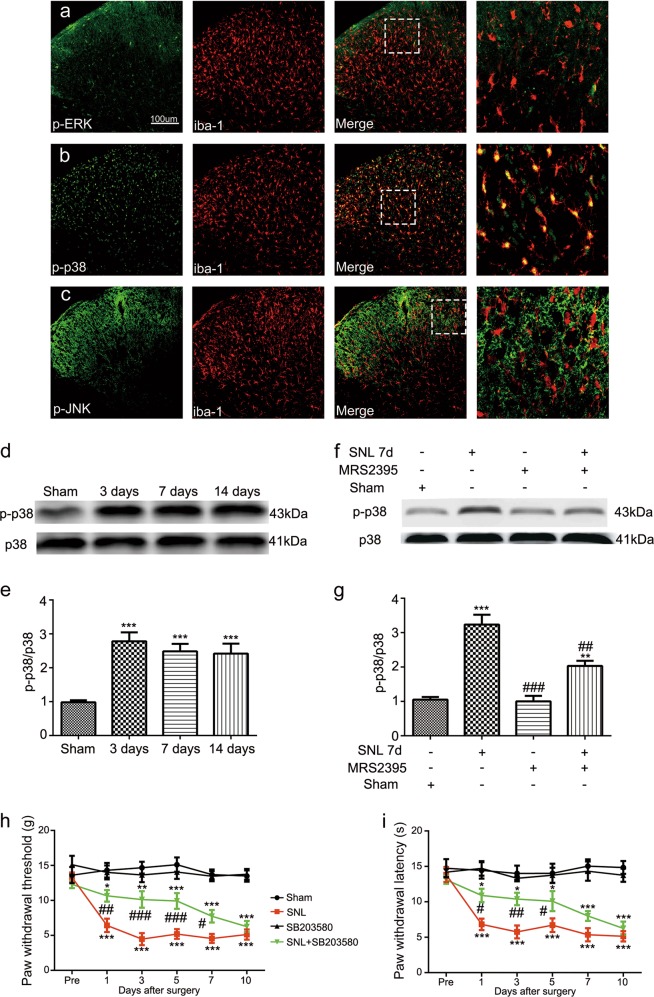Fig. 5. Activation of p38 MAPK occurred in spinal nerve ligation (SNL) rats and was attenuated by the P2Y12 inhibitor.
Double immunofluorescence staining images of iba-1 (red) with p-ERK (a, green), p-p38 (b, green), and p-JNK (c, green). iba-1 and p-p38 were co-localized in the spinal cord harvested at day 7 after surgery. Scale bars: 100 μm. d, f Immunoblots of phosphorylated p38 from total cell lysates of ipsilateral spinal cord tissue harvested after surgery. Total p38 was used as an internal control. e, g Densitometric analysis of p-p38. d Phosphorylated p38 time dependently increased at days 3, 7, and 14 after surgery. f The level of p-p38 MAPK was increased after SNL surgery and MRS2395 (a P2Y12 inhibitor) partially suppressed the upregulation of p-p38 expression. h, i SB203580 (a p38 inhibitor) inhibited the mechanical allodynia (h) and thermal hyperalgesia (i) on the ipsilateral side after SNL surgery. SB203580 was intrathecally injected three times a day, 1 μg per injection per rat, beginning at 1 day before surgery and continuing for 6 days. SB203580 reversed the mechanical allodynia for up to 7 days after surgery. Injury-induced thermal hyperalgesia was also suppressed by SB203580 from day 1 to 5. SB203580 alone had no effect on the mechanical allodynia and thermal hyperalgesia. The data are presented as the mean ± SEM. n = 6 rats per group. *p < 0.05, vs. sham group, **p < 0.01, vs. sham group, ***p < 0.001, vs. sham group; #p < 0.05, vs. SNL group, ##p < 0.01, vs. SNL group, ###p < 0.001, vs. SNL group

